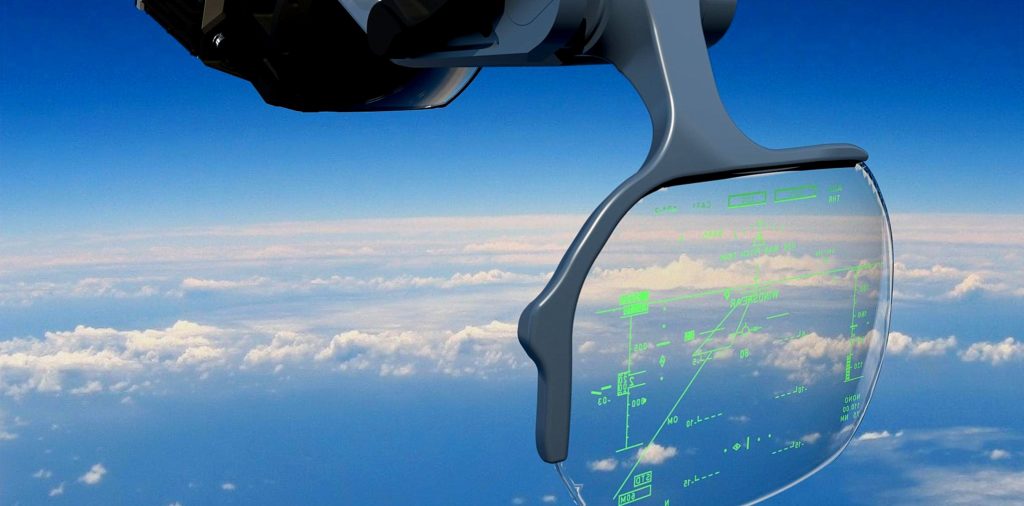How Thales is delivering on the rapidly expanding Head-Up Displays market

China has to deal with several challenges such as increasing air traffic, the often unfavorable weather conditions and high rates of pollution. To remedy this, the authorities are rolling out a number of measures, including the compulsory use of HUDs.
All Chinese airlines will therefore need this equipment on board their aircraft. This affects not only Chinese airlines but also airlines from the Asia Pacific region who now enjoy privileged landing access in China. Once the HUDs become compulsory, these international airlines will need HUDs equipped on their aircraft or risk losing their privileged status, so the stakes are high!
What is the timeframe?
Deployment is made up of three stages. The first stage began in 2011/2012 and, as a resuly, each airline had to deploy the HUD on 10% of their fleet in operation in China regardless of aircraft type. We are now mid second stage, which runs from 2016 to 2020, by which time 50% of the airlines’ fleets operating in China will need to be equipped. This will entail a very strong increase in demand. Finally, by 2025, all civil aircraft operating in China will have to be equipped.
The execution order of the CAAC covers two axes. The first axis concerns HUD implementation on aircraft whilst the other concerns airports. The latter refers to the implementation of procedures enabling planes equipped with HUDs to benefit from specific minimum landing requirements, which is likely to result in increased traffic volumes as take offs and landings become more efficient.
What are Thales’s credentials in this domain?
Thales provides Head-Up Displays across the entire fleet of Airbus aircraft. The equipment is optional in the aircraft manufacturer’s catalogue but it is possible to install it on all Airbus aircraft (from A318 to A380 and also A400M) including the new generations of A320 NEO and A350 XWB. The latter is even equipped with two HUDs, one on either side in order to preserve an initial symmetry of the cockpit design and procedures for the pilot and co-pilot. This configuration is now proposed on all Airbus aircraft.
What impact does the CAAC regulation have on Thales?
The Chinese regulation is driving a real increase in production rates for HUDs in the coming years. Thales has already set up the necessary industrial means to cover future needs. The first HUDs have already been integrated in the Final Assembly Line in Tianjin and deliveries for some aircraft began earlier this year.
Thales is also working with Airbus on a retrofit offering covering the entire Airbus fleet in order to meet CAAC objectives.
What are the main assets of an HUD?
The major benefit of an HUD is to improve the pilot’s perception of aircraft behavior (situational awareness enhancement) and, as already mentioned, to benefit from specific additional minimums especially for landings. It is therefore possible to land in degraded weather conditions and consequently for the airline to maintain a high level of fleet rotation.
These operational and economic benefits have already urged a certain number of airlines to equip their fleets with an HUD even before the HUDs become mandatory.
What are the market trends and future developments for the HUD?
Other than the Chinese market, the HUD is of interest to all countries which are faced with denser air traffic. Furthermore, the Thales HUD system can integrate additional functions such as EVS (Enhanced Vision System). The Chinese regulation comprises the implementation of the EVS function from the second stage of HUD deployment in order to increase operational benefits. The high-performance EVS comprises an infrared camera fixed on the nose of the aircraft, providing a sharper view than that of human vision by means of video beamed onto the HUD and superimposed on standard symbology. This extended vision is also a gateway to additional lower minimum requirements, most notably when landing.
On a mid-term basis, the EVS function can be completed with the SVS (Synthetic Vision System), which can be applied to head-up and head-down displays. Unlike the EVS, which utilizes veritable imaging, the SVS consists of synthetic 3D landscape based on terrain data used for other aircraft systems.
Finally, with the SGS (Surface Guidance System), which is peripheral to the OANS (Onboard Airport Navigation System) functions, the HUD can also be of effective assistance during ground taxiing maneuvers.
Head-Up Displays
The HUD helps the pilot in the critical phases of a flight – takeoff and landing. It shows, on a display viewed head-up, the information normally displayed on the screens below. The pilot no longer needs to look simultaneously inside and outside the cockpit in order to check a certain amount of data. The pilot views, simultaneously and in a single place in front of their eyes, all the information needed to combine situational awareness with aircraft behavior.
As one of the world’s top developers of HUD technology with a track record that spans over four decades across both civil and military markets, the group is the sole supplier of HUD technology on the entire Airbus fleet. Available in single but preferably in dual installation, the Thales HUD is today selected by Chinese airlines on board all Airbus aircraft series in production, including A350 XWB but A330 CEO/NEO and through all the single-aisle family from A319 to A321 CEO/NEO.
Stay connected with us...
Find us on Twitter @ThalesAerospace, on our official Youtube channel Thales Aerospace and on LinkedIn Thales Aerospace.




